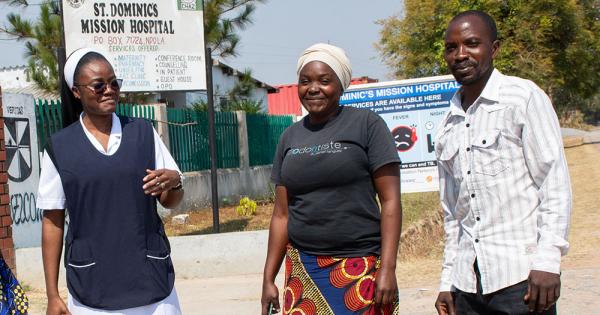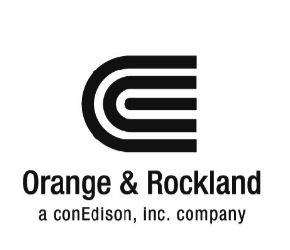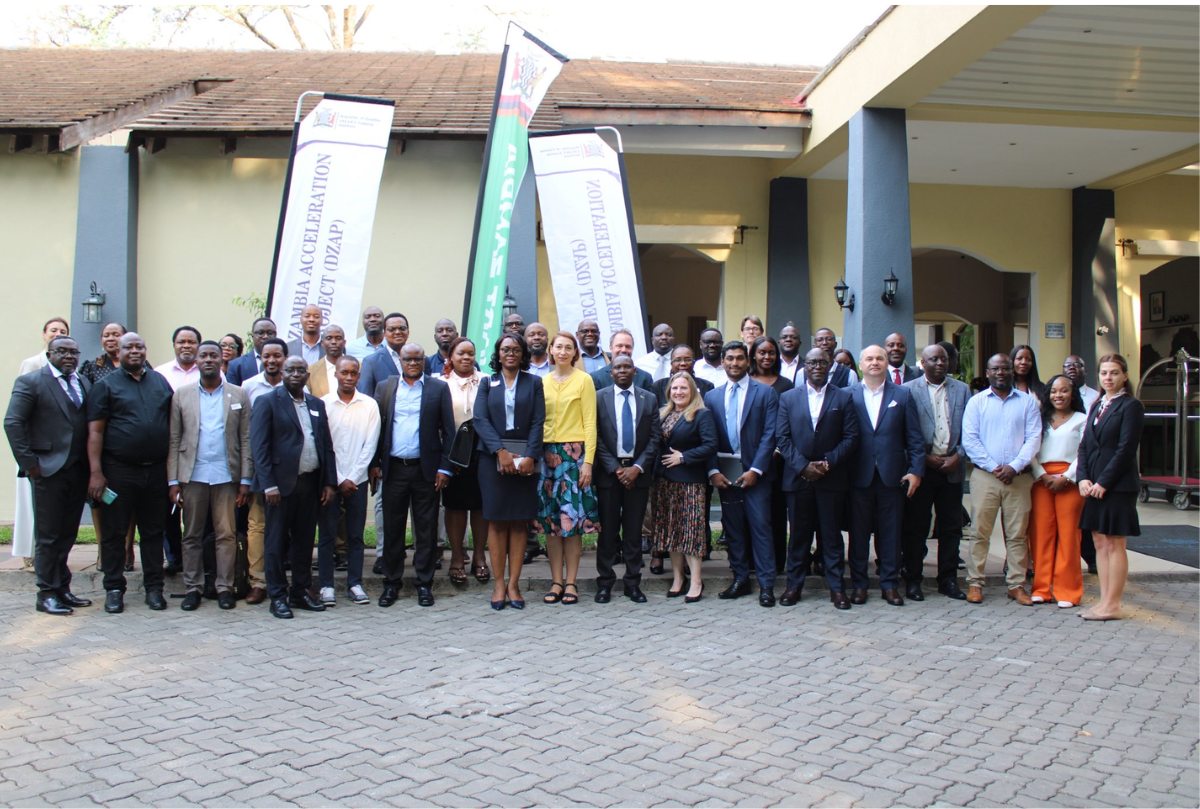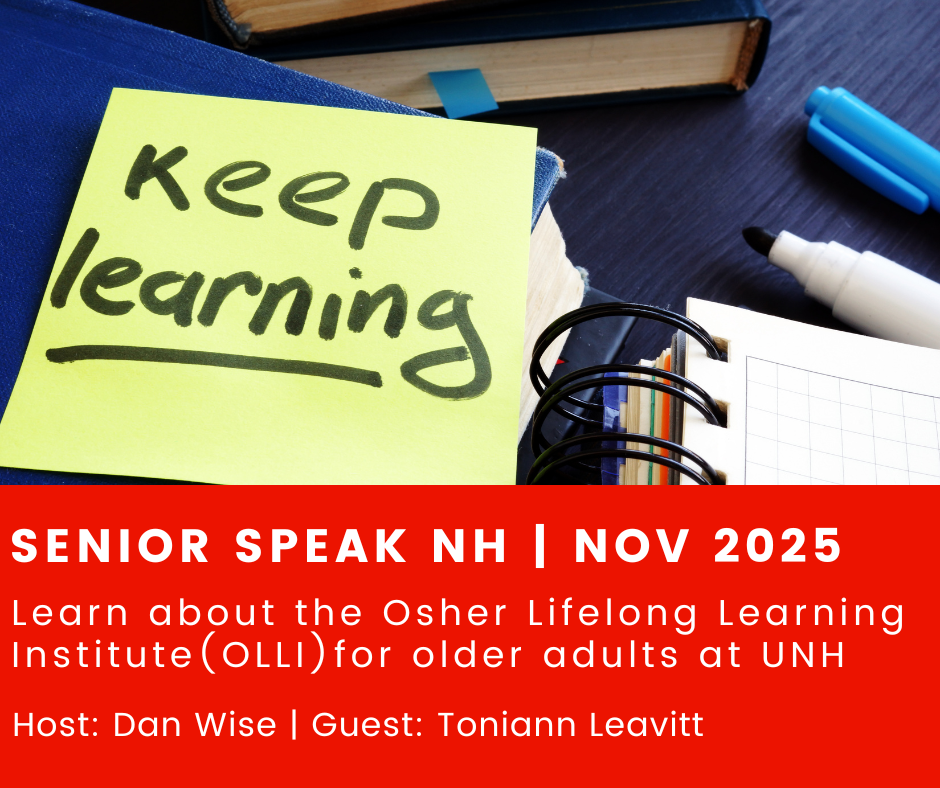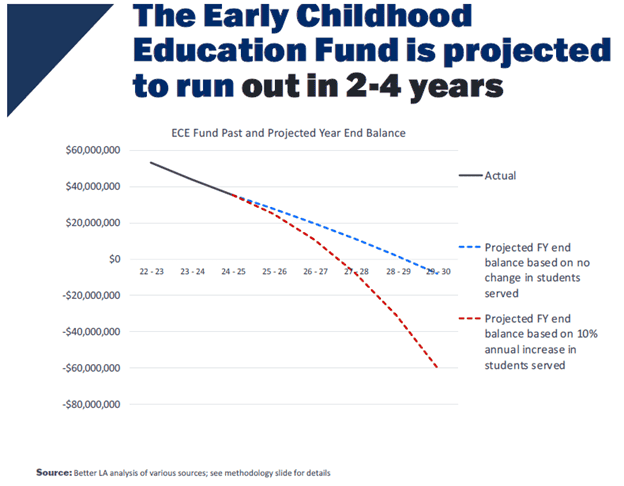Child care centers often reject kids with disabilities. Ohio and other states are trying to change that – The Hechinger Report

Advancing Inclusive Early Childhood Education: A Report on Aligning U.S. Childcare Practices with Sustainable Development Goals
This report examines the systemic challenges and innovative solutions related to the inclusion of children with disabilities in early childhood education settings within the United States. It analyzes current practices and state-led initiatives through the lens of the United Nations Sustainable Development Goals (SDGs), particularly SDG 4 (Quality Education) and SDG 10 (Reduced Inequalities). The findings indicate a significant gap between policy and practice, but also highlight replicable models that successfully advance the principles of inclusive education for all.
The Systemic Challenge to SDG 4 and SDG 10
The exclusion of children with disabilities from mainstream childcare represents a direct challenge to achieving universal access to quality early childhood development and reducing inequality. A 2024 report from the U.S. Government Accountability Office (GAO) confirms that this is a nationwide issue, undermining foundational progress on key SDG targets.
Barriers to Quality and Inclusive Education (SDG 4.2, SDG 4.5, SDG 10.2)
The failure to provide adequate childcare for children with disabilities creates significant barriers to achieving equal opportunity and quality education from the earliest stages of life.
- Access to Care: Over 25% of parents of children with disabilities report extreme difficulty in finding appropriate childcare, a direct contradiction to the mandate of SDG 4.2 to ensure all children have access to quality pre-primary education.
- Exclusionary Practices: Children who secure a place in childcare often face exclusion from activities and are frequently expelled for behaviors related to their disabilities. This practice violates the core principle of SDG 10.2, which calls for the social and economic inclusion of all persons.
- Lack of Resources: Childcare providers, even well-resourced ones, report a lack of training and support to safely and effectively meet the needs of children with disabilities, creating a systemic failure to uphold SDG 4.5 (equal access to all levels of education for the vulnerable).
State-Led Initiatives as Models for SDG Implementation
In response to federal policy gaps and grassroots demand, several states have developed initiatives that serve as effective models for implementing the SDGs at a local level. These programs focus on building the capacity of childcare providers to create truly inclusive environments.
The Ohio PROMISE Initiative
Launched in response to parental appeals, Ohio PROMISE is a state-funded program designed to directly address the exclusion of children with disabilities from childcare, aligning with SDG 4 and SDG 10.
- Capacity Building: The program offers free, multi-level online training to strengthen childcare teachers’ knowledge and confidence in working with children with diverse needs.
- Mentorship and Support: It provides as-needed mentorship from trained coaches across the state, ensuring that theoretical training is translated into practical classroom application.
- Systemic Integration: Centers that complete the training receive a special state designation, creating an institutional incentive structure that promotes inclusion. This aligns with SDG 16’s call for effective and accountable institutions.
Replicable Models from Other States
Other states have implemented similar strategies, demonstrating a growing movement towards localized SDG achievement.
- Vermont: The state is developing a free, on-demand training program for childcare administrators and has utilized a Special Accommodations Grant to fund specialized equipment and aides, directly supporting the inclusion of individual children.
- Summit County, Ohio: A decade-old model provides in-person training for childcare operators, focusing on inclusion and managing significant behavioral concerns.
Outcomes and Progress Towards SDG Targets
These state-level initiatives have yielded measurable results, demonstrating tangible progress towards achieving inclusive and equitable quality education.
Improved Access and Support in Ohio
- In its first year, 1,001 childcare centers (approximately 10% of the state’s total) earned the Ohio PROMISE designation.
- The state has seen a 38% increase in the number of children with disabilities qualifying for higher-rate public childcare vouchers, indicating increased access and support.
- A primary goal is to close the kindergarten readiness gap between children with disabilities (14%) and those without (27%), a direct measure of progress towards SDG 4.2.
Fostering Inclusive Environments (SDG 10.3)
Participating centers have successfully implemented changes that promote equal opportunity and reduce inequalities of outcome, in line with SDG 10.3.
- Adaptive Tools: Classrooms have integrated communication boards, fidget toys for sensory needs, and calming areas.
- Universal Skills: The teaching of sign language has been adopted in some classrooms, benefiting both nonverbal children and their peers by fostering empathy and strengthening communication skills for all.
- Reduced Expulsions: Centers like Edwards Creative Learning Center have shifted from a policy of exclusion to one of proactive support, successfully working with children who were previously expelled from other programs. This directly counters discriminatory practices.
Policy Landscape and Future Considerations
While state initiatives show promise, the long-term sustainability of this progress is contingent on a supportive federal policy environment and continued investment.
Federal Policy and Funding Vulnerabilities
Progress on inclusion is threatened by shifts in federal priorities and potential funding cuts, which could reverse gains made towards multiple SDGs.
- Stalled Momentum: Federal momentum on inclusion has slowed, creating uncertainty for advocates and providers.
- Threats to SDG 3 (Good Health and Well-being): Proposed cuts to Medicaid threaten early intervention programs for children with developmental delays, which are crucial for their long-term health and well-being.
- Threats to SDG 4 (Quality Education): The proposed elimination of Preschool Development Grants, which states have used to fund inclusion efforts, jeopardizes a key financial mechanism for achieving SDG 4.
Conclusion: The Path Forward
The challenge of providing inclusive early childhood education for children with disabilities is a critical issue for achieving Sustainable Development Goals 4 and 10. Models like Ohio PROMISE demonstrate that targeted investment in training and support for childcare providers yields significant, positive outcomes. However, these efforts remain vulnerable to shifting political priorities and funding instabilities. Sustained progress will require a renewed commitment at both the federal and state levels to enforce non-discriminatory policies and ensure that every child, regardless of ability, has access to the quality early childhood education necessary to thrive.
SDGs Addressed in the Article
SDG 4: Quality Education
The article is fundamentally about ensuring quality education, particularly at the early childhood level. It highlights the challenges and initiatives related to providing inclusive and equitable educational opportunities for children with disabilities.
- The core issue is the exclusion of children with disabilities (like autism and Down syndrome) from child care centers, which is the first step in the educational journey.
- It showcases initiatives like “Ohio PROMISE” and programs in Vermont, which are designed to improve the quality of early childhood education by training teachers to create inclusive classrooms.
- The article discusses the goal of making children “ready for primary education,” directly linking to the objectives of quality early childhood education.
SDG 10: Reduced Inequalities
This goal is central to the article, which focuses on the inequality faced by a vulnerable group—children with disabilities—in accessing essential services.
- The article opens by describing a child care center’s policy of turning away children with disabilities, a clear example of discriminatory practice that creates inequality.
- It addresses the struggle of parents of children with disabilities to find appropriate care, highlighting a systemic inequality. A 2024 GAO report is cited, stating that “More than a quarter of parents of children with disabilities said they had a lot of difficulty finding appropriate care for their kids.”
- The efforts described, such as changing exclusionary policies and providing specialized support, are aimed at promoting the social and educational inclusion of these children, thereby reducing inequality.
SDG 3: Good Health and Well-being
The article connects to SDG 3 by discussing the needs of children with developmental delays and disabilities, and the importance of early intervention and support for their well-being.
- It mentions specific conditions such as “autism, Down syndrome,” and “attention deficit hyperactivity disorder,” which require specialized care and support for healthy development.
- The article points to the role of Medicaid in funding “early intervention programs for children birth to age 3 with developmental delays and disabilities,” linking health financing to the provision of necessary care. The threat of funding cuts to Medicaid is presented as a risk to these essential services.
SDG 16: Peace, Justice and Strong Institutions
The article touches upon the role of government and institutions in creating and enforcing policies that protect the rights of vulnerable populations and ensure inclusive services.
- It describes how state and federal governments are involved. For example, “Ohio PROMISE” is a “state-funded initiative,” and the federal government issued a “joint statement urging states to take steps to support inclusion.”
- It mentions a provision in the “Child Care and Development Fund” that “requires that states increase the availability of child care for children with disabilities,” demonstrating policy action by institutions to enforce non-discriminatory practices.
- The story of Governor Mike DeWine responding to families’ appeals and creating a program illustrates responsive and inclusive decision-making by public institutions.
Specific Targets Identified
Under SDG 4: Quality Education
- Target 4.2: By 2030, ensure that all girls and boys have access to quality early childhood development, care and pre-primary education so that they are ready for primary education.
- The entire article is dedicated to this target, focusing on the “all children” aspect by addressing the exclusion of those with disabilities from early childhood care and education. The Ohio PROMISE program aims to solve the problem of families who “couldn’t find child care for their kids with disabilities.”
- Target 4.5: By 2030, eliminate gender disparities in education and ensure equal access to all levels of education and vocational training for the vulnerable, including persons with disabilities…
- The article’s focus is squarely on ensuring “equal access” for “persons with disabilities” in early education settings, directly aligning with this target. The goal is to stop turning away children with disabilities and instead create inclusive environments.
- Target 4.a: Build and upgrade education facilities that are child, disability and gender sensitive and provide safe, non-violent, inclusive and effective learning environments for all.
- The article describes practical steps taken to create inclusive learning environments, such as adding “fidget toys for children with sensory issues, rearranging the classroom to create calming areas, providing communication books to nonverbal children,” and teaching sign language to all students.
- Target 4.c: By 2030, substantially increase the supply of qualified teachers…
- The Ohio PROMISE and Vermont programs directly address this by offering “free online training for child care workers” and “customized coaching” to strengthen their skills and confidence in working with children with disabilities, thereby increasing the supply of qualified educators for inclusive settings.
Under SDG 10: Reduced Inequalities
- Target 10.2: By 2030, empower and promote the social, economic and political inclusion of all, irrespective of… disability…
- The initiatives discussed aim to achieve the social and educational inclusion of children with disabilities. The article notes that after implementing inclusive practices, children with disabilities “engage much more directly with their classmates” and “have the courage to ask their peers to play with them.”
- Target 10.3: Ensure equal opportunity and reduce inequalities of outcome, including by eliminating discriminatory laws, policies and practices…
- The article highlights the elimination of a discriminatory policy at the Edwards Creative Learning Center, which was “encoded in the center’s handbook” to turn away children with disabilities. The new approach is to work with every child, thus ensuring equal opportunity.
Indicators for Measuring Progress
The article mentions or implies several quantitative and qualitative indicators that can be used to measure progress toward the identified targets.
- Kindergarten Readiness Gap: The article provides a specific metric for Ohio: “about 27 percent of children without disabilities show readiness on state standards for kindergarten; only 14 percent of children with disabilities do.” Narrowing this gap is a key indicator of progress toward Target 4.2.
- Number of Trained Teachers/Centers: Progress on Target 4.c can be measured by the number of educators and centers completing inclusion training. The article states that in its first year, “1,001 child care centers — about 10 percent of the total number in Ohio — earned” the Ohio PROMISE designation.
- Enrollment of Children with Disabilities: An indicator for Targets 4.5 and 10.2 is the number of children with disabilities accessing services. The article notes that in Ohio, there has been a “38 percent increase in the number of children in publicly funded centers who qualify for the higher voucher reimbursement rate for children with disabilities.”
- Reduction in Expulsions: A key goal mentioned is to “reduce the number of young children with disabilities who are expelled from or pushed out of care.” Tracking the rate of expulsion for this group serves as a direct indicator of whether inclusive practices are effective.
- Funding Allocation for Support Services: The amount of funding dedicated to supporting inclusion is a critical indicator. The article points to Vermont’s Special Accommodations Grant, which increased from “$300,000 a year” to “between $2 million and $2.5 million annually,” as a measure of institutional commitment.
SDGs, Targets and Indicators Analysis
| SDGs | Targets | Indicators Identified in the Article |
|---|---|---|
| SDG 4: Quality Education |
4.2: Ensure access to quality early childhood development, care, and pre-primary education.
4.5: Ensure equal access to all levels of education for the vulnerable, including persons with disabilities. 4.a: Build and upgrade disability-sensitive education facilities and provide inclusive learning environments. 4.c: Substantially increase the supply of qualified teachers. |
– The gap in kindergarten readiness between children with disabilities (14%) and those without (27%) in Ohio. – The number of children with disabilities being expelled or pushed out of care. – Implementation of inclusive classroom features (calming areas, communication tools, sign language). – Number of child care centers (1,001 in Ohio) and teachers completing inclusion training. |
| SDG 10: Reduced Inequalities |
10.2: Empower and promote the social, economic, and political inclusion of all, irrespective of disability.
10.3: Ensure equal opportunity and eliminate discriminatory policies and practices. |
– A 38% increase in the number of children with disabilities in publicly funded centers in Ohio. – The percentage of parents of children with disabilities reporting difficulty finding care (over 25% nationally). – Removal of discriminatory policies from child care center handbooks. |
| SDG 3: Good Health and Well-being | 3.8: Achieve universal health coverage, including access to quality essential health-care services. |
– Reliance on Medicaid to pay for early intervention programs for children with developmental delays and disabilities. – Potential for nearly $1 trillion in cuts to Medicaid, threatening these services. |
| SDG 16: Peace, Justice and Strong Institutions | 16.b: Promote and enforce non-discriminatory laws and policies for sustainable development. |
– Existence of state-funded initiatives like Ohio PROMISE. – Federal policies like the joint statement on inclusion and the Child Care and Development Fund provision. – State funding allocated to support inclusion, such as Vermont’s grant increasing from $300,000 to $2.5 million annually. |
Source: hechingerreport.org

What is Your Reaction?
 Like
0
Like
0
 Dislike
0
Dislike
0
 Love
0
Love
0
 Funny
0
Funny
0
 Angry
0
Angry
0
 Sad
0
Sad
0
 Wow
0
Wow
0









